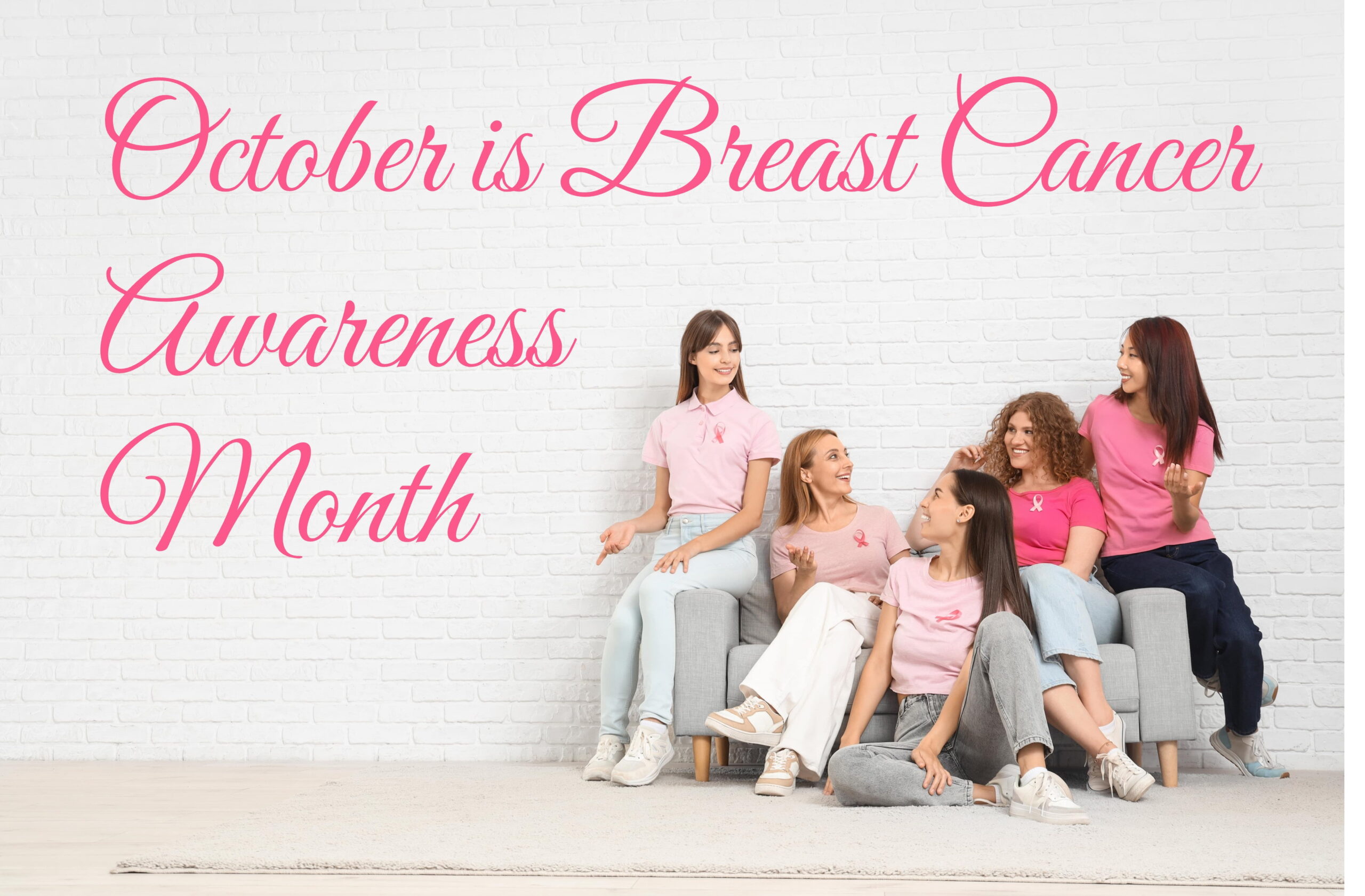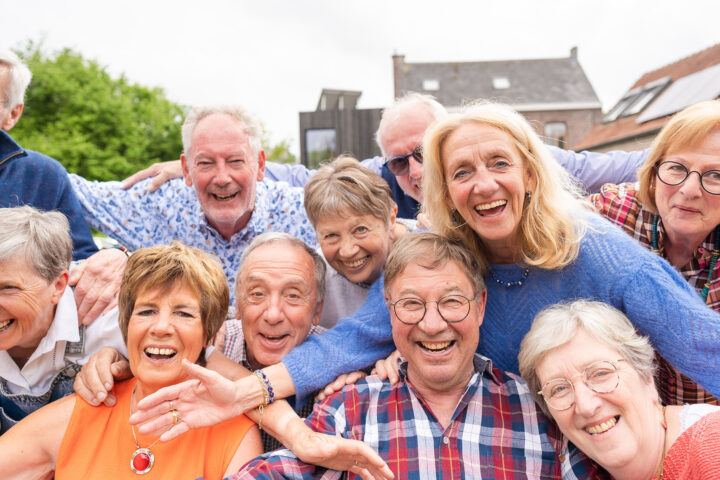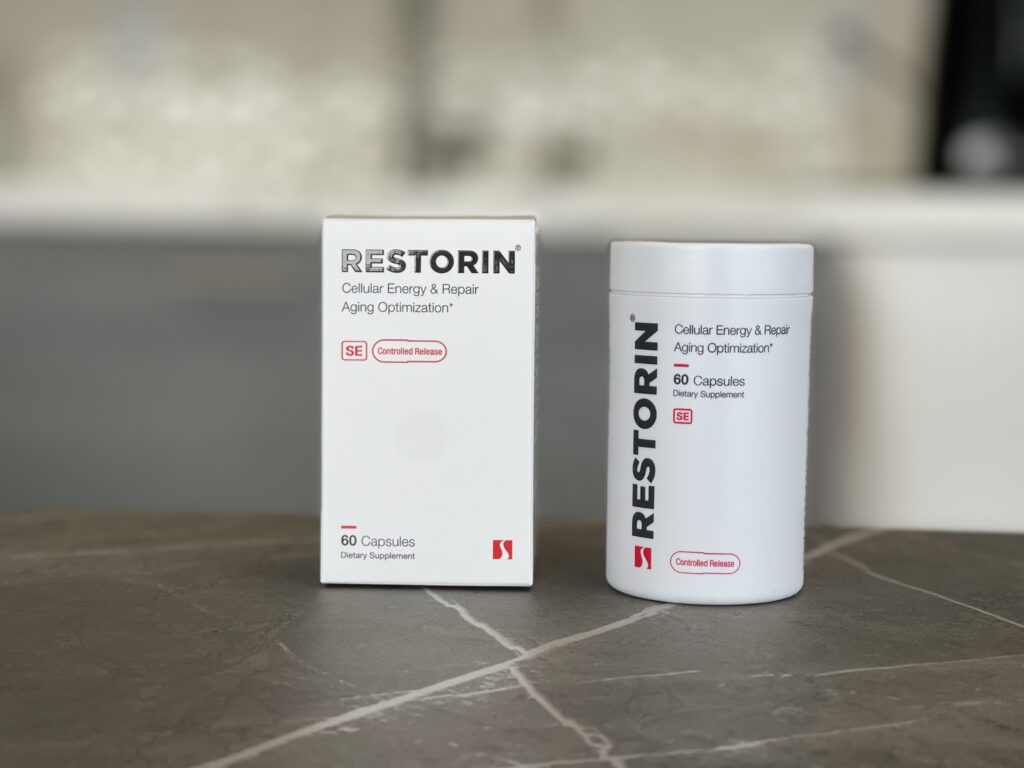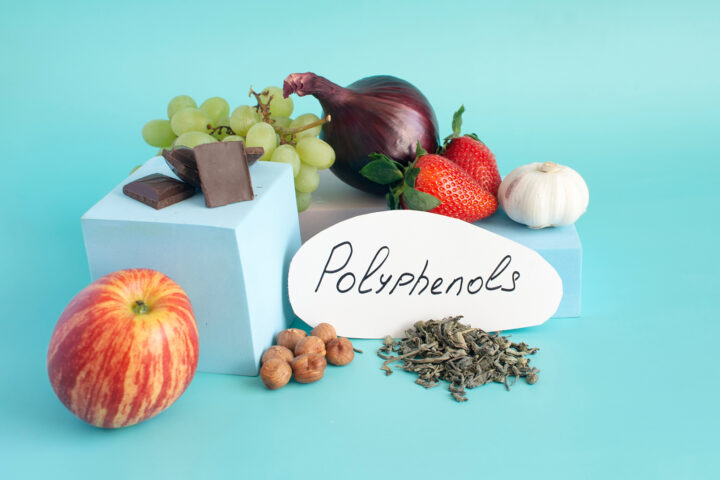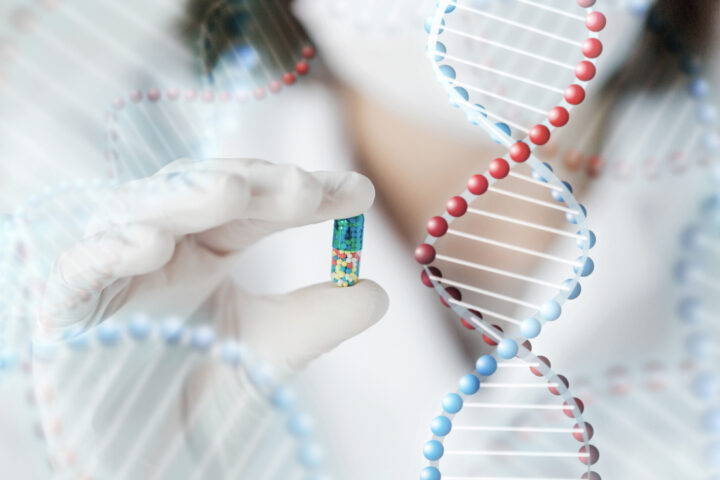As we embrace Breast Cancer Awareness Month, it’s crucial to understand how the disease interacts with aging, a growing concern as the population shifts toward longer lifespans. With advanced treatments helping more women survive breast cancer, researchers are now examining how aging affects breast cancer risk, treatment, and survivorship. It’s not just about treating the cancer anymore—scientists are asking how we age with and after breast cancer.
Breast Cancer and Aging: New Insights
In recent years, significant strides have been made in understanding how aging influences breast cancer. Globally, the incidence of breast cancer in women over 70 has seen fluctuations. From 1990 to 1999, there was a steady increase in new diagnoses, which was followed by a surprising decline between 2000 and 2021. However, the rate remains high in the older population, with breast cancer affecting about 107 women per 100,000 in 2021(Daily Reporter)(BioMed Central).
So what’s going on? Part of the answer lies in the biology of breast cancer itself. As we age, the mechanisms of cellular damage accumulate, creating a fertile ground for mutations. In older women, breast cancers are often hormone-receptor positive, which means that they can respond to treatments like hormonal therapies. However, the impact of therapies can vary based on how the aging body processes medications, leading to challenges in customizing treatments(Comprehensive Cancer Information).
Survivorship: The Double-Edged Sword of Aging
Surviving breast cancer is a victory, but it brings its own set of challenges. Many older breast cancer survivors experience accelerated biological aging. Research has shown that survivors often face early declines in functional abilities, which means that surviving cancer sometimes comes with the trade-off of facing premature aging(BioMed Central). This is a key focus for scientists who are now exploring interventions that could mitigate these aging effects and improve survivors’ quality of life.
For instance, one 2023 study revealed that breast cancer survivors had worsened outcomes in physical function compared to their age-matched peers who hadn’t undergone cancer treatment. This signals that the body’s aging process is fast-tracked by the strain of cancer therapies like chemotherapy(Daily Reporter).
Innovations on the Horizon
As technology advances, so too do our treatment options. One of the most exciting areas of development is Antibody-Drug Conjugates (ADCs), which are designed to deliver chemotherapy more effectively to cancer cells. These drugs are particularly valuable in treating resistant breast cancers, including the dreaded triple-negative subtype that often plagues older women. New research suggests that ADCs could become a primary treatment, potentially replacing traditional chemotherapy as the frontline approach(Comprehensive Cancer Information).
Immunotherapy is also making waves in the breast cancer world. Treatments like pembrolizumab (Keytruda) are giving hope to patients with aggressive cancers, helping the immune system recognize and destroy cancer cells(Comprehensive Cancer Information).
What We’ve Learned from the Longest Lives
Breast cancer and aging are intrinsically linked, and new research is constantly reshaping how we treat this disease. From hormone therapies tailored to older patients to cutting-edge treatments for advanced cancers, the future looks bright for managing breast cancer in aging populations. But even as treatment becomes more effective, the healthcare system faces the challenge of supporting survivors in the long term, helping them not only live longer but thrive as they age.
In the end, breast cancer in older women is both a scientific and human puzzle. It reminds us of the balance between longevity and quality of life. Researchers are increasingly aware that treating breast cancer isn’t the end of the story—it’s just the beginning of a longer and more complex journey into aging.

